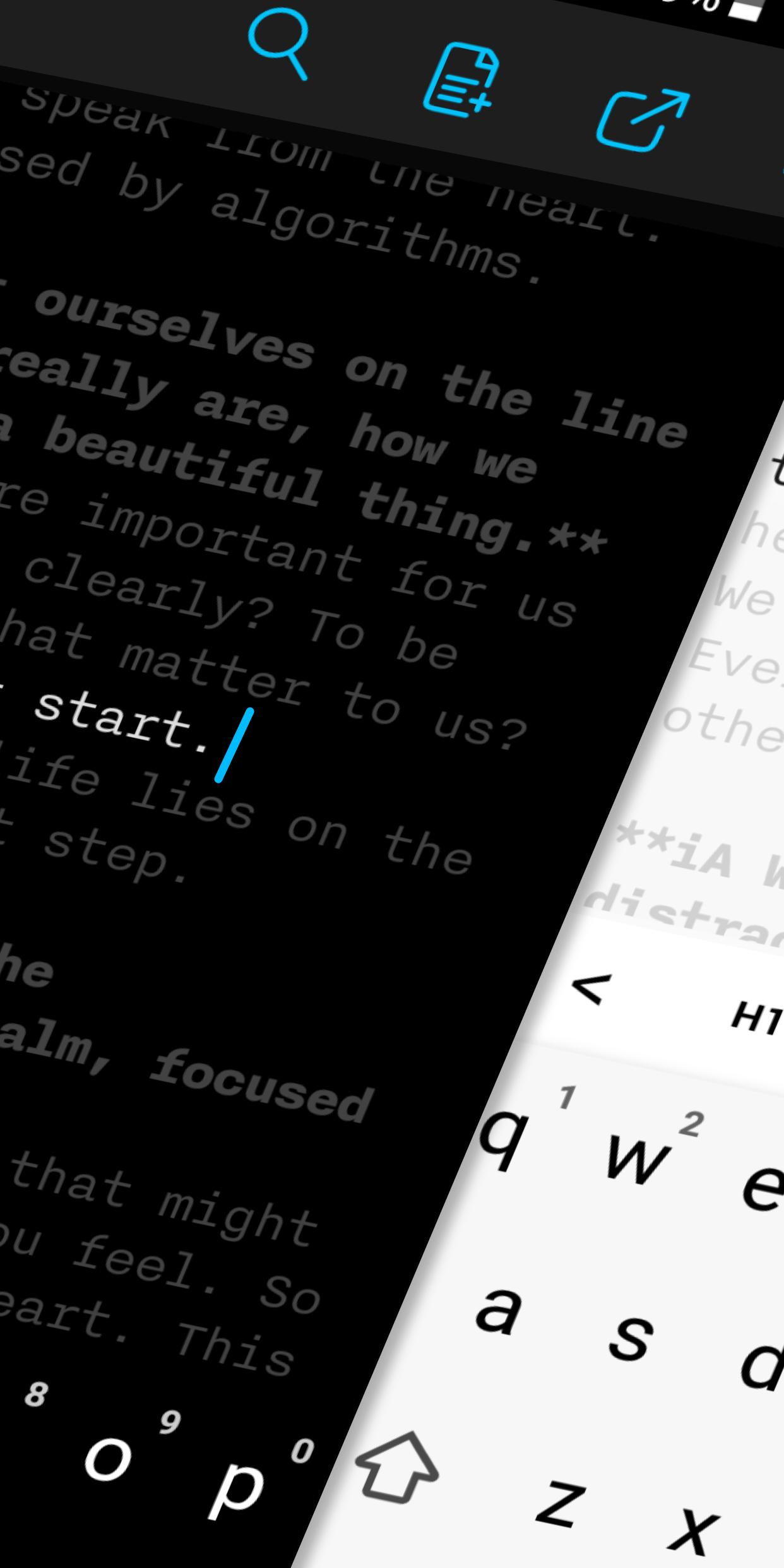The only downside to using Markdown is that Scrivener doesn’t have a live previewer built in. However, Marked2 is a popular Markdown previewer for OS X that renders Markdown into HTML as you type. Using this app alongside Scrivener, you can write in Markdown on one side of the screen and view what your document looks like on the other side of. To write in Markdown or Latex, I should write the Markdown/Latex 'source code' directly into Scrivener. Scrivener does not show formatted text like IA Writer or Bear. I can use the rich text editing feature to annotate, but treat these as 'comments of the source code,' because they are all stripped away when the final output text is generated. Scrivener will automatically convert footnotes into Markdown format for you. But there is one caveat in that you are not allowed to use Scrivener’s styles inside footnotes, and so if you want to use emphasis, strong or other character styles, you will have to use the Pandoc markup directly. May 05, 2014 In order to access Scrivener’s MultiMarkdown compiler, you need to have MultiMarkdown installed. This is really easy to do. Go to Fletcher Penney’s MultiMarkdown Downloads Page and download the Mac Installer. After it downloads, go to your Downloads folder and double-click the.zip file to expand it.
Markdown is a text format that allows you to enter formatting information into a document using your keyboard instead of reaching for the mouse and selecting the text. For example in Markdown this 'boldface text' looks like this:
**boldface** textThe text above can then be compiled into HTML, docx, rtf, PDF, or many other formats.
Markdown Scrivener Tutorial
You can learn more about Markdown and its descendent MultiMarkdown from Fletcher Penney's cheatsheet
Markdown and Scrivener
This document shares how I work with Markdown inside of Scrivener. The goal is to use the best features of Markdown and Scrivener to get a smooth combined flow.
Scrivener supports Markdown in that it allows you to easily structure your document with chapters and sections while letting you to use Markdown (actually MultiMarkdown) to format your document.
Once you've written your sections using Markdown syntax, you compile the document for MultiMarkdown output by choosing the 'Multimarkdown' option in the compile dialog box:
Scrivener does this compilation by rendering the structural contents in the binder as MultiMarkdown headers and subheaders Chapters become #Chapter and sections become ##Sections## based upon the folder's level in the document.

Images
If you paste an image into Scrivener (as is done above) then the Multimarkdown compiler creates a directory that contains your Markdown document and the image. The Markdown document references the image in the folder and so you see it in any Markdown viewer.

You can add a caption to an image by putting the caption between square brackets [] on the next line.
Formats
Markdown Scrivener
Markdown lets you format text using characters in your document. There are many resources on the web for this. Here is Fletcher Penney's
Here are many of the formats in one sentence:
This is a lot of formats.

Which was created using:
<u>This</u> is a **lot** of *formats.*Important: If you choose to work with Markdown, you must commit to using the Markdown syntax to impart format information. Scrivener format tools will not create format in the markdown output. This is actually a feature! The point of using Markdown is to be able to make text boldface while keeping one's hands firmly on the home keys on the keyboard.
Section
Here are some random examples of Markdown including tables and code. This is really only here to provide an excuse for the section example.
Markdown (and, of course it's descendent MultiMarkdown) is a fantastic tool for those of us who want to use formatting in our documents, but who hate reaching for the mouse. Also, Markdown documents can become anything we need: web pages, Word documents, or PDF (such as this one.)
Markdown Scrivener Mac
Scrivener does an excellent job of translating structure and images into a Markdown document. I think it's best to use Scrivener for this function and to use other tools for downstream steps. My Scrivener/Markdown flow looks like this:
